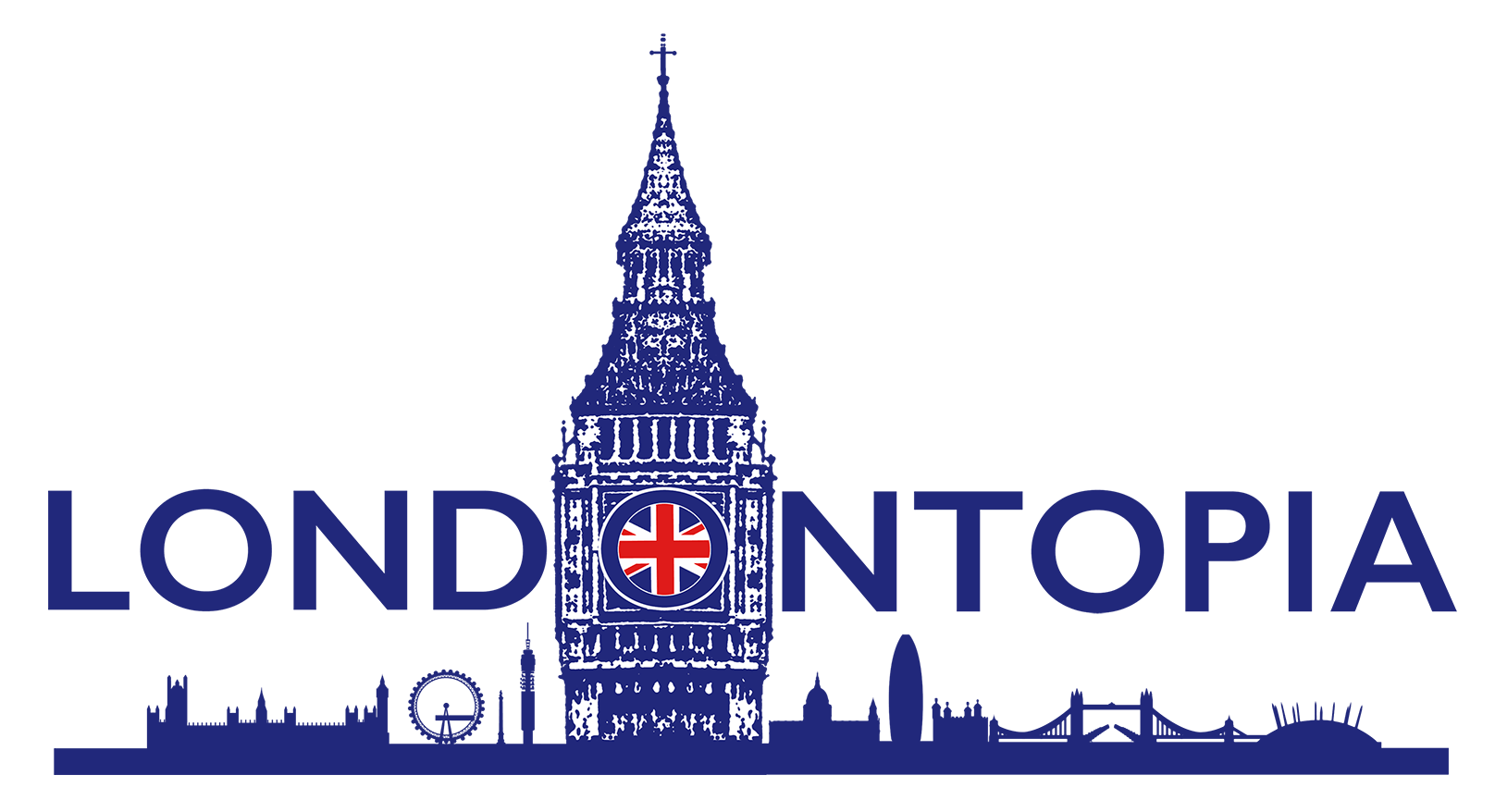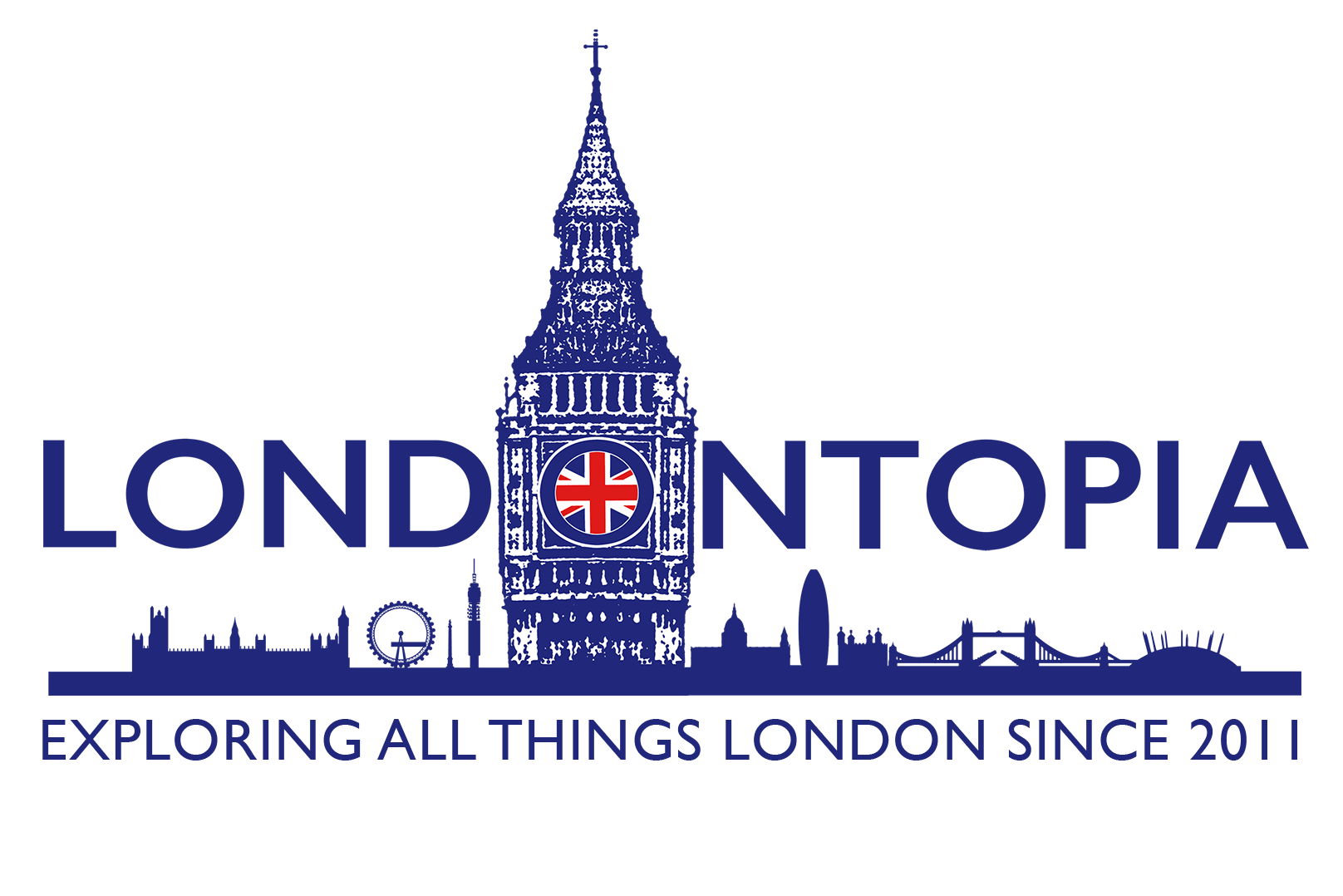Before smartphones and satellite navigation, there was one indispensable tool that helped millions navigate London’s labyrinthine streets: the London A to Z map. This compact, spiral-bound atlas became the ultimate guide to the capital, transforming from a modest publishing venture into one of Britain’s most trusted and beloved reference books. For generations of Londoners, tourists, and professionals, the distinctive red and white cover of the A to Z represented the key to unlocking the mysteries of one of the world’s most complex cities.
The Vision of Phyllis Pearsall
The London A to Z story begins with an extraordinary woman whose determination and meticulous attention to detail created a cartographic revolution. In 1935, Phyllis Pearsall, a painter and entrepreneur, found herself lost in London using an outdated map from 1919. Frustrated by the lack of accurate, comprehensive street guides, she conceived an ambitious plan to create the most detailed map of London ever produced.
What followed was one of the most remarkable solo mapping projects in history. Pearsall spent nearly a year walking every street in London—covering approximately 3,000 miles on foot—armed with notebooks, pencils, and an extraordinary level of dedication. She rose at 5 AM daily, walking up to 18 miles per day, methodically documenting every street, alley, and thoroughfare within the Metropolitan Police area.
Her work was extraordinarily comprehensive and precise. Pearsall didn’t simply trace existing maps; she verified every street name, noted new developments, and ensured that her guide reflected the actual London of the mid-1930s rather than the outdated versions that frustrated so many travelers. This attention to accuracy would become the hallmark of the A to Z brand.
Publishing Revolution
The first London A to Z was published in 1936 under Pearsall’s company, the Geographers’ A-Z Map Company. The initial print run of 10,000 copies sold for half a crown (equivalent to about £8 today) and established several innovations that would define street mapping for decades to come.
The revolutionary grid reference system made finding any location straightforward—each page was divided into numbered squares, while streets were listed alphabetically with their corresponding grid references. This system transformed how people approached urban navigation, making it possible for anyone to locate even the most obscure London street with minimal effort.
The book’s compact format was equally revolutionary. Unlike large, unwieldy maps that required unfolding and refolding, the A to Z fit comfortably in a pocket or handbag. The spiral binding allowed the book to lay flat when opened, making it practical to use while walking or driving. These design innovations addressed real-world navigation challenges in ways that larger maps simply couldn’t match.
Cultural Impact and Universal Adoption
The A to Z quickly became indispensable to London life. Taxi drivers relied on it during their preparation for “The Knowledge”—the grueling examination that requires memorizing every street within six miles of Charing Cross. Emergency services, delivery drivers, and business professionals all depended on its accuracy and comprehensiveness.
For tourists, the A to Z represented independence and confidence. Armed with this compact guide, visitors could explore London without fear of becoming hopelessly lost. The book empowered people to venture beyond main tourist routes, discovering hidden neighborhoods and secret corners of the city that might otherwise remain unexplored.
The cultural significance extended beyond mere navigation. The A to Z became a symbol of London literacy—knowing how to use it marked someone as genuinely familiar with the capital. Londoners developed personal relationships with their copies, marking favorite routes, noting useful shortcuts, and accumulating the wear patterns that told the story of their urban adventures.
Evolution and Adaptation
As London grew and changed, so did the A to Z. Regular updates incorporated new roads, housing developments, and changes to existing streets. The company maintained Pearsall’s commitment to accuracy through dedicated surveying teams who walked the streets to verify changes and additions.
The publication expanded beyond the basic street guide to include specialized versions for different users. Tourist editions highlighted attractions and transport links, while professional versions included additional detail for business use. Different scales and formats addressed various needs, from pocket-sized emergency references to large-format desk editions.
The A to Z also pioneered the integration of public transport information with street mapping. Underground stations, bus routes, and railway connections were clearly marked, making the guide essential for understanding London’s complex transport network. This integration helped users plan journeys that combined walking with public transport—a particularly valuable feature in a city where different modes of transport often provide the most efficient routing.
Digital Age Challenges and Legacy
The rise of GPS navigation and smartphone mapping apps posed significant challenges to the A to Z’s dominance. Digital mapping offered real-time updates, turn-by-turn directions, and integration with live traffic information—advantages that paper maps couldn’t match.
However, the A to Z demonstrated remarkable resilience. Many users continued to prefer its comprehensive overview capabilities, finding that digital maps’ focus on specific routes often missed the broader geographic context that paper maps provided so effectively. The physical format remained valuable for planning complex journeys, understanding neighborhood relationships, and maintaining navigation skills independent of battery life or signal availability.
The company successfully adapted to the digital age by developing electronic versions while maintaining the core strengths that made the original so valuable. Digital A to Z products retained the familiar grid system and comprehensive coverage while adding modern features like GPS integration and real-time updates.
Enduring Significance
Today, the London A to Z remains a testament to the power of meticulous craftsmanship and user-focused design. Phyllis Pearsall’s vision of creating the most accurate and practical street guide possible established standards that continue to influence mapping products worldwide.
The A to Z represents more than navigation—it embodies the democratic principle that everyone should have access to the tools needed to explore and understand their city. In an era when digital solutions sometimes create dependency on technology, the A to Z reminds us of the value of self-reliant navigation skills and comprehensive geographic understanding.
For London, the A to Z stands as both practical tool and cultural artifact, representing the city’s complexity, accessibility, and the human desire to map, understand, and navigate the urban environment that shapes our daily lives.
A Little Bit of London In Your Inbox Weekly. Sign-up for our free weekly London newsletter. Sent every Friday with the latest news from London!




